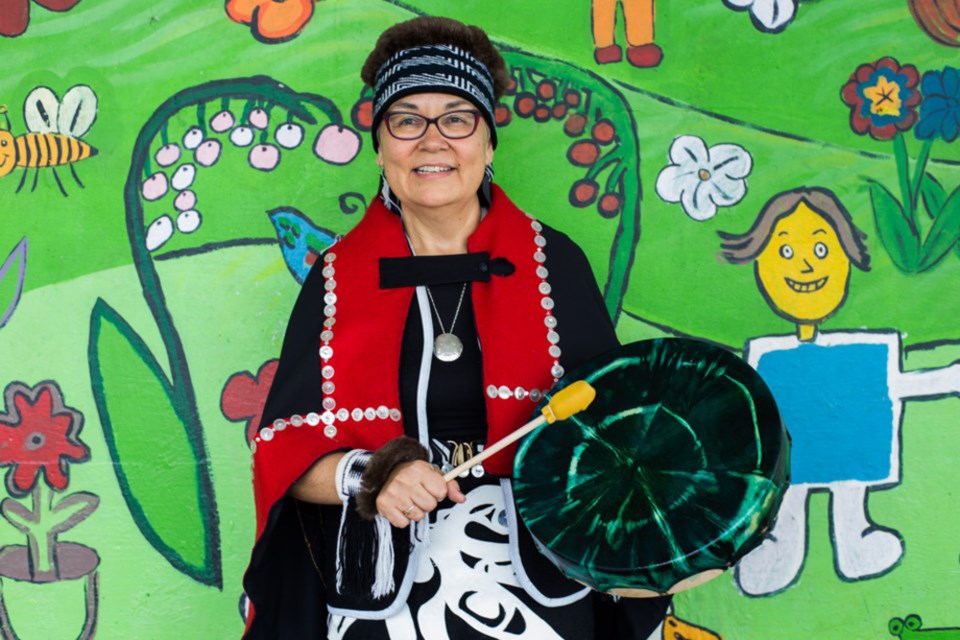Tuesday, June 21 is National Indigenous Peoples Day 2022 in Canada. But what does that mean, exactly?
“It’s a special occasion to learn more about the rich and diverse cultures, voices, experiences and histories of First Nations, Inuit and Métis peoples,” the Government of Canada’s website says.
“Learning about Indigenous Peoples, places and experiences is a step forward each Canadian can take on the path to reconciliation.”
What is National Indigenous Peoples Day?
National Indigenous Peoples Day, marked on June 21 each year, is a day for Canadians to recognize and celebrate the unique heritage, diverse cultures and contributions of First Nations, Inuit and Métis peoples. The Canadian Constitution recognizes these three groups as Aboriginal peoples, also known as Indigenous peoples.
Why is National Indigenous Peoples Day celebrated on June 21?
In cooperation with Indigenous organizations, the Government of Canada chose June 21, the summer solstice, for what was originally known as National Aboriginal Day, now known as National Indigenous Peoples Day.
For generations, many Indigenous peoples and communities have celebrated their culture and heritage on or near this day because of the significance of the summer solstice as the longest day of the year.
When did National Indigenous Peoples Day begin?
National Aboriginal Day (now National Indigenous Peoples Day) was announced in 1996 by Gov.-Gen. Roméo LeBlanc, through the Proclamation Declaring June 21 of Each Year as National Aboriginal Day.
The name was changed on June 21, 2017, when Prime Minister Justin Trudeau announced it would be known as National Indigenous Peoples Day.
– Source: Government of Canada: About National Indigenous Peoples Day




